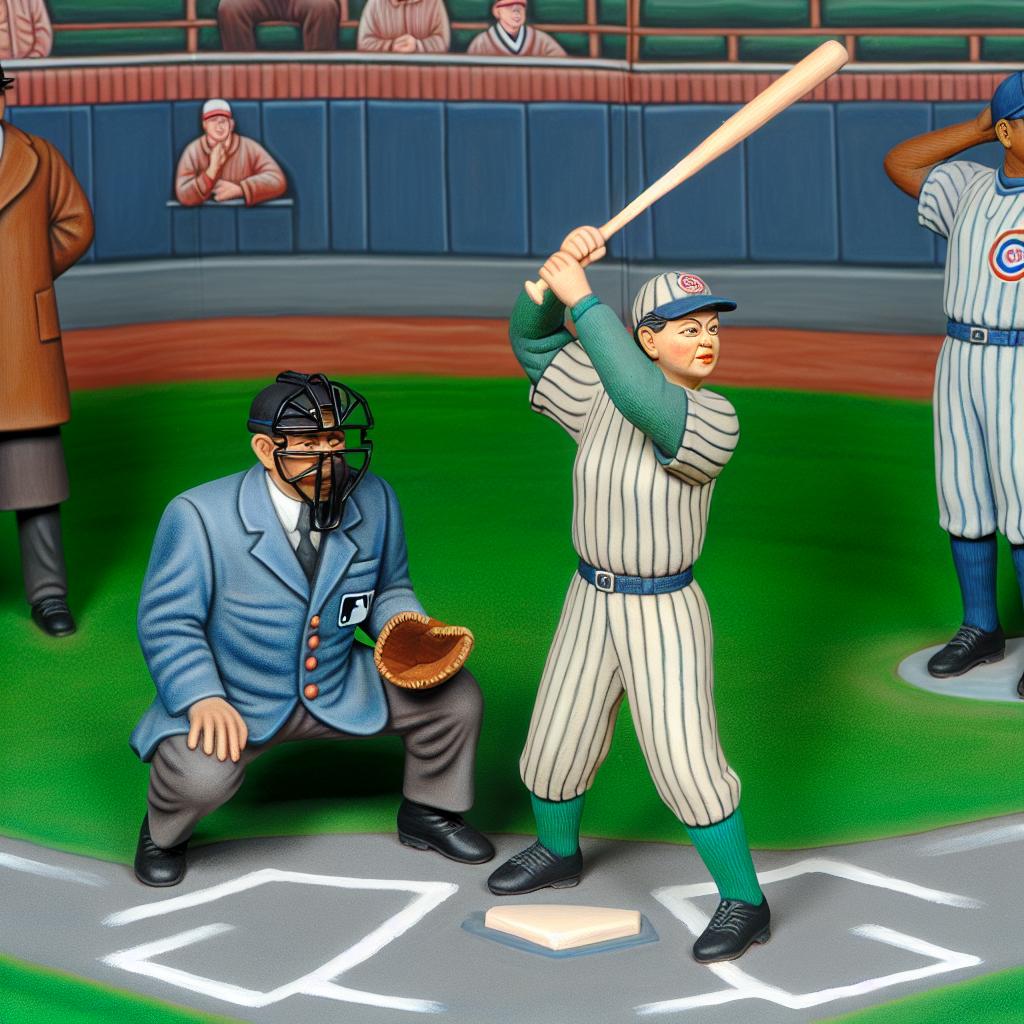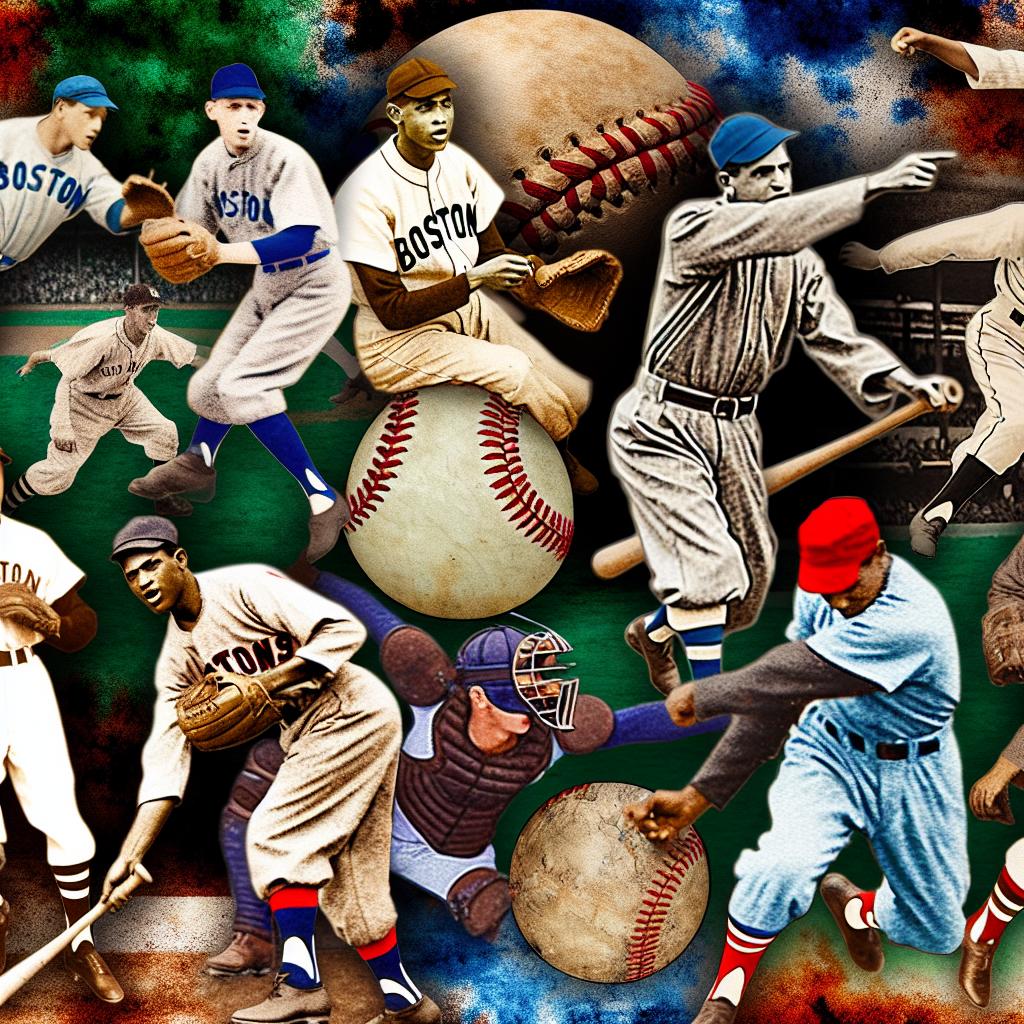The Critical Function of Umpires in MLB
In Major League Baseball (MLB), umpires play an indispensable role in maintaining the integrity and smooth operation of the game. Their primary responsibilities include enforcing the rules of baseball, making accurate decisions on plays, and managing the conduct of players, coaches, and managers. These duties require a deep understanding of the game, sharp attention to detail, and the ability to make quick, unbiased decisions under pressure.
Rule Enforcement and Decision-Making
Umpires are the custodians of the rules in baseball, ensuring that each aspect of the game adheres to the established guidelines. With a comprehensive knowledge of these rules, umpires make calls on balls and strikes, fair and foul balls, and plays on the bases. Their decisions can significantly impact the outcome of an inning or even the entire game. Due to the fast-paced nature of baseball, umpires must rely on their keen eyesight and experience to make split-second decisions.
Recent advancements, such as the introduction of video replay, have provided umpires with additional tools to verify and augment their on-field rulings. This technology assists in ensuring the highest level of accuracy, thereby contributing to the fairness of the game. Video replay systems allow teams to challenge a limited number of calls during a game, bringing an extra layer of scrutiny to critical decisions. This process not only aids umpires in making the right call but also reinforces the legitimacy of the decisions in the eyes of players and fans.
Communication and Game Management
Effective communication is essential for umpires as they interact with players, managers, and other officials. They must clearly articulate their decisions, often amidst the noise and tension of a competitive atmosphere. When disagreements arise, especially concerning contentious calls, umpires employ a blend of authority and professionalism to manage disputes. This requires not only a firm grasp of the rules but also the interpersonal skills to de-escalate potential conflicts.
Moreover, umpires have the authority to manage the pace of the game, which includes addressing unnecessary delays and maintaining the overall flow. This responsibility is crucial in ensuring a smooth and uninterrupted game experience for players and spectators alike. By keeping the game moving at a consistent pace, umpires help preserve the engagement and excitement of the sport for fans both in the stadium and watching remotely.
Physical and Mental Demands
The role of an umpire is both physically and mentally demanding. Umpires need to maintain a high level of physical fitness due to the extensive movements required, such as crouching, standing, and running. The physical demands are substantial, requiring agility and endurance to keep up with the fast-moving nature of the game.
The mental aspect is equally challenging, as umpires must remain focused throughout the game to make accurate calls. Concentration is paramount, especially during tense and high-stakes moments that can shift the momentum of the game. Consistent training and evaluation programs are in place to ensure that MLB umpires meet the rigorous standards expected at the professional level. This includes regular assessments and reviews, which help maintain a high level of competency and consistency in their decisions.
The Impact of Technology
The integration of technology has become an important element in the evolution of the umpiring role. The use of electronic systems, such as PITCHf/x and Statcast, assists in tracking pitches and plays, providing an additional layer of data for decision-making. While this technology is not used to replace human judgment, it supports umpires by providing information that can be used to make informed decisions and verify critical calls.
PITCHf/x technology, for instance, is used to capture detailed information about the trajectory and location of pitched baseballs. This data helps in analyzing the accuracy of calls regarding balls and strikes, offering feedback that can enhance an umpire’s performance over time. Similarly, Statcast technology provides comprehensive data on player movements and play outcomes, which can be useful for both in-game decision-making and post-game analysis.
The implementation of these technologies demonstrates a commitment to embracing modern tools while preserving the traditional aspect of the human element in officiating. This balance ensures that umpires remain at the forefront of managing the game while adapting to new advancements that enhance their capability to uphold the integrity of baseball.
Overall, the role of umpires in MLB games extends beyond simply officiating. They contribute significantly to the game’s integrity by ensuring fair play, managing complex interactions, and maintaining the established rhythm of the sport. More information on the official responsibilities of MLB umpires can be found on the official MLB website.
In conclusion, MLB umpires fulfill a comprehensive role that is integral to the sport’s operation. Their duties require a blend of traditional skills, such as rule enforcement and dispute management, coupled with an openness to technological advancements that aid in decision-making. As the game of baseball continues to evolve, so too will the role of umpires, who remain essential to the sport’s integrity and enjoyment by fans worldwide.





